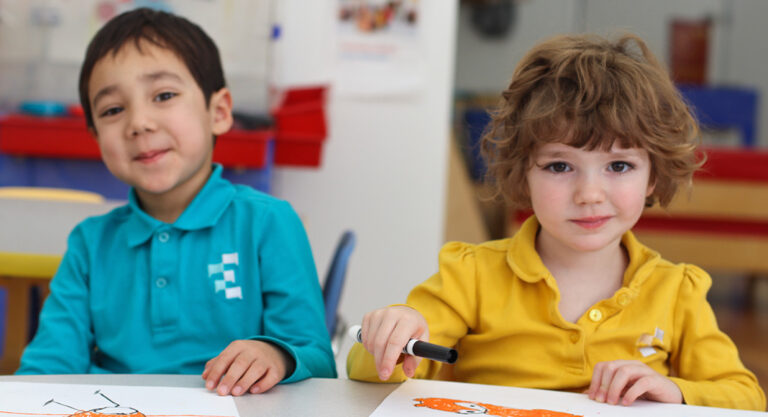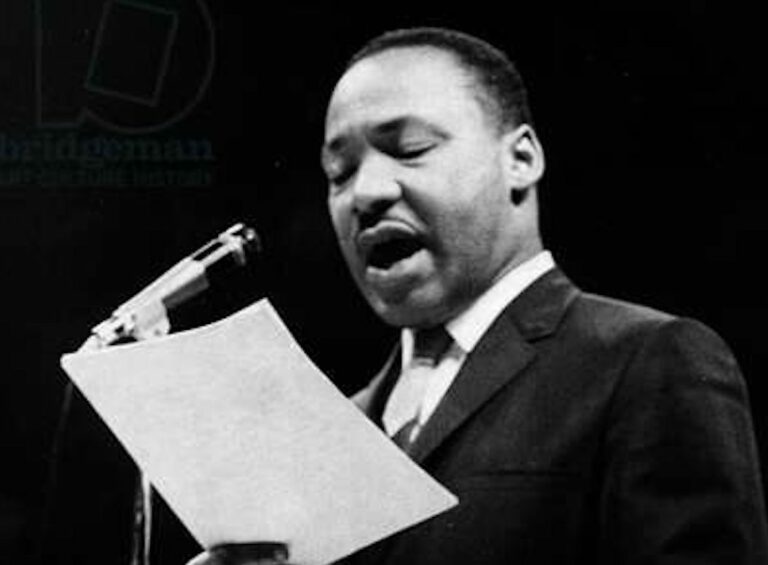They were artists, filmmakers, intellectuals, and Wall Street bankers. And in 1914, these American men volunteered to fight in the First World War alongside the French army, a full three years before the United States even entered the war.
In total, volunteer forces numbered around more than 200. As the US commemorates the centennial of their entry into the WWI on April 6th, 2017, the stories and memories of these brave men linger.
“In 1914, a lot of Americans wanted to do something to help fight Germany,” explains historian Kevin C. Fitzpatrick, author of the book World War I: New York (Globe Pequot). “The ties between the US and France were very strong, and it had only been 30 years after France had given the Statue of Liberty to the American people as a gift.”
Looking for adventure
In August 1914, a reporter at the New York Herald, George Casmèze, called for “all foreign friends of France” in an article. In just a few days, a large number of Americans responded to his call to action.
These volunteers went to fight alongside their French comrades on the battlefield. They took other jobs too, driving trucks and ambulances. “Others organized fundraisers and visited hospitals,” said Fitzpatrick. “For these men, there was a desire for adventure, to participate in the war, to be a part of something bigger.”
The thirst for adventure attracted American LeRoy Baldridge, then 25 years old. Joining the war in France in 1914, he drove trucks, worked as a stretcher-bearer, helped supply soldiers with ammunition, and finally, found himself on the battlefield. What Baldridge saw, he drew. In 1917 when the US entered the war, he became an illustrator. His sketches were published in a number of weekly American magazines.
Sidney Rankin Drew, an American actor, director, and distant cousin to Drew Barrymore, went to battle in France in 1917. After first being an ambulance driver, Drew took flying classes and became a volunteer in the Lafayette Escadrille, an aviation unit composed exclusively of American pilots. He died in 1918, at the age of 26 years old. A monument in Central Park, New York was erected in his memory.
Brave men who “believed in their cause”
Financed by American Francophiles, the Lafayette Escsadrille was a small group of Americans with an unmoving determination to defend France. It’s no wonder their story has been adapted multiple times for the big screen. Under French command, the squadron proudly represented their home country with an emblem––the profile of an American Indian––painted on their aircrafts. These American men wanted to make their engagement in the war known to the US, in hopes of influencing them to rethink their neutrality.
“These volunteers were seen as heroes back home,” Fitzpatrick explained. “Their actions played a small, but significant role in the US’s decision to enter the war.”
Norman Prince was one of the founders of the Lafayette Escadrille. In 1916, Prince, who was a Harvard law-graduate and the son of two Francophile parents, pressured French authorities to allow the creation of his squadron of pilots.
“When the war began, [Prince] was devastated by what was happening in France. He couldn’t stand the isolationist politics of the US,” explained Daisy Prince, Prince’s great-grand-niece from New York, who was reachable through the WWI Centennial Commission. Norman’s brother Fredrick Prince (Daisy’s great-grandfather) also volunteered to fight in the war as a pilot.
“They were both so brave. They believed strongly in their cause. They defended their friends, even when it wasn’t their country they were were defending,” Daisy Prince stated.
Norman Prince was involved in 122 aerial battles. He died in October 1916, in a fatal crash-landing in Vosges as he was returning from a mission. He is buried in a tomb in the National Cathedral of Washington.






